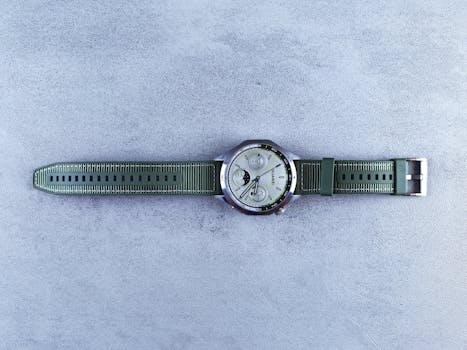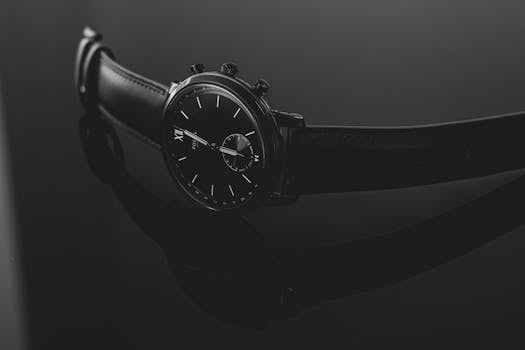
The Timeless Journey: The Evolution of Wristwatches Through the Decades
Takeaways:
- The wristwatch has evolved from a simple timekeeping tool to a complex fashion accessory.
- Each decade brought unique technological advancements and design aesthetics.
- Understanding the history of wristwatches enhances appreciation for these intricate devices.
Wristwatches have become more than just instruments for telling time; they are symbols of status, style, and technological advancement. Their evolution over the decades reflects broader changes in society, culture, and technology. This article will take you on a chronological journey through the history of wristwatches, highlighting key developments and trends from the 19th century to the present day.
19th Century: The Birth of the Wristwatch

Initially, wristwatches were considered women’s jewelry, while men continued to use pocket watches. However, during the late 1800s and early 1900s, military officers began using wristwatches for practical reasons. The convenience of having a watch on the wrist, accessible at all times, made it an essential tool for coordinating military operations.
By the turn of the century, wristwatches began to gain popularity among men, especially as manufacturers started to produce more rugged and masculine designs. Companies like Longines and Omega began to introduce wristwatches that were both stylish and reliable, paving the way for their widespread adoption.
1910s-1920s: The Rise of the Wristwatch

In this era, wristwatches transitioned from delicate pieces of jewelry to robust tools. The introduction of luminous materials for watch dials made it possible for soldiers to read the time in the dark. Brands such as Rolex and TAG Heuer started to emerge, focusing on precision and craftsmanship.
The 1920s also marked the beginning of the luxury wristwatch market. Iconic designs, such as the Cartier Tank, were introduced, which combined elegance with functionality. This period laid the foundation for wristwatches as fashion statements, appealing not only to those who needed a practical timekeeping device but also to those who desired a luxurious accessory.
1930s-1940s: Innovation and Functionality

During World War II, military watches gained prominence. Brands like Hamilton and Seiko produced watches specifically designed for military use, featuring rugged designs and enhanced water resistance. These watches were not only practical but also became symbols of bravery and adventure.
The 1940s also marked the birth of the diver’s watch, with models like the Rolex Submariner and the Blancpain Fifty Fathoms. These watches were designed to withstand extreme underwater conditions and gained popularity among divers and adventurers, further solidifying the wristwatch’s place in both fashion and function.
1950s-1960s: The Golden Age of Watches

During this time, the design of wristwatches became more diverse. Brands began experimenting with unique shapes, colors, and materials. The iconic Rolex Daytona was introduced, becoming a symbol of luxury and sportiness. Meanwhile, the Seiko 5 series made automatic watches accessible to a broader audience.
As the space race unfolded, watches also became associated with exploration and adventure. The Omega Speedmaster was worn by astronauts during the Apollo missions, further elevating the status of wristwatches as tools for pioneers.
1970s-1980s: The Quartz Revolution

This shift posed a significant threat to Swiss watchmakers, prompting many to innovate and adapt. In response, the Swiss watch industry began to emphasize craftsmanship and luxury, leading to the revival of mechanical watches in the 1980s. Companies like Swatch introduced colorful and fun designs, appealing to a younger audience and reinvigorating interest in wristwatches.
1990s-Present: The Digital Age and Beyond

In recent years, the advent of smartwatches has further transformed the wristwatch landscape. Brands like Apple and Samsung have introduced smartwatches that sync with smartphones, offering notifications, health tracking, and customizable watch faces. This development represents a new paradigm in timekeeping, where functionality meets fashion in unprecedented ways.
The evolution of wristwatches continues, with brands pushing the boundaries of design and technology. From their origins as simple timekeeping devices to the complex smartwatches of today, wristwatches have truly come a long way, reflecting the changing needs and desires of society.






